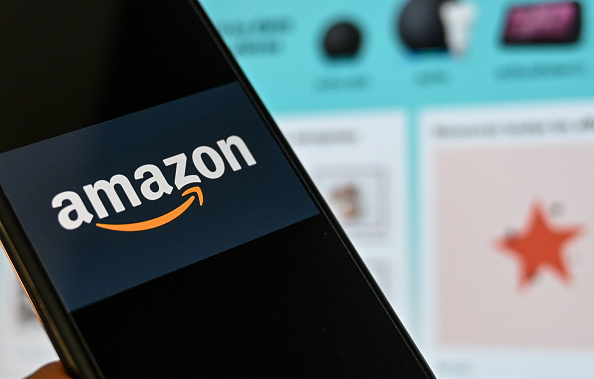‘Freemium’ is a bit of business jargon that seems destined to stick, partly because it denotes a business model that is increasingly common – offering a product or service for free while charging for advanced features, functionality, or related products and services.
Mobile games operator Neon Play operates a freemium model, with many of its iPhone games free to download. Players can earn coins in certain games to unlock better features or more levels. However, if they are too impatient to earn the coins, they can simply pay for them.
Generally, less than 1 per cent of players generate the revenue for freemium games, according to Neon Play’s CEO Oli Christie. ‘The main benefit of freemium is that you are opening the doors to your business to many more people,’ he explains. ‘If something is free, they are more likely to try it as there is no barrier to entry and they have nothing to lose. Once you hook them in, a small percentage of your customers or players will buy an upgrade to enhance their experience.’
But how can a business move seamlessly from offering a service for free to charging for it? ‘It’s really a question of making the experience enticing enough when it’s free to make people want to spend that bit extra to enjoy it for longer,’ says Christie. ‘[Music streaming platform] Spotify has done it very cleverly by hooking users in for free for a long time and then adding a subscription-based service.’
Something for nothing
The problem with offering something for free is that people get used to it. Moving from freemium to a fully-paid service is tricky.
Web conferencing company Yuuguu was formerly run on a freemium model before being acquired by Powwownow. Managing director Andrew Pearce says, ‘Before making any rash decisions about moving from a freemium model to a paid-for alternative, the first thing you have to remember is you must have a differential. You cannot simply go from giving a product or service away for free to then charging for it; especially if it is exactly the same product.’
He adds that in a typical freemium model, only a very small percentage of people will convert. ‘So make sure you do your sums and ensure you actually have enough current users to make the transition work,’ says Pearce. ‘Listen to your customers and be prepared to make changes.’





